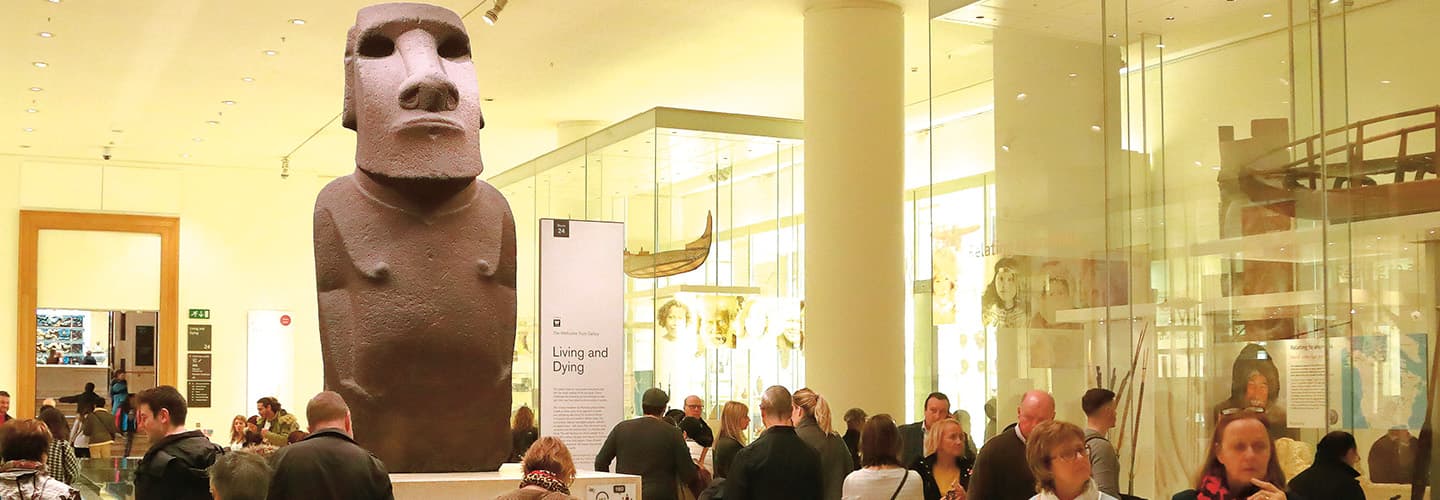Jim McMahon/Mapman®
Last year, about 6 million people visited the British Museum in London, England. One of the most popular exhibits there is a stone statue called a moai (MOH-eye). It is from Easter Island, or Rapa Nui (RAH-puh NOO-ee). The small island in the Pacific Ocean is part of Chile, a country in South America. Easter Island is home to about 1,000 moai. The Rapa Nui people carved them between 400 and 900 years ago.
Earlier this year, the British Museum’s Instagram account was flooded with comments calling for the moai to be returned to Easter Island. Many Rapa Nui say the statue belongs there. But others say it’s better off in the museum, where millions of people can see it and learn about the Rapa Nui.
“If you ask people here what they want, you won’t get 100 percent agreement,” Pedro Edmunds Paoa, the mayor of Rapa Nui, told The Telegraph.
This situation is not unique. Museums around the globe face pressure to return artifacts to their homelands.
Last year, about 6 million people visited the British Museum in London, England. A popular exhibit there is a stone statue called a moai (MOH-eye). It is from Easter Island, or Rapa Nui (RAH-puh NOO-ee). The small island is in the Pacific Ocean. It is part of Chile, a South American country. Easter Island is home to about 1,000 moai. The Rapa Nui people carved them between 400 and 900 years ago.
Earlier this year, the British Museum’s Instagram account was flooded with comments. They called for the moai to be returned to Easter Island. Many Rapa Nui say the statue belongs there. But others say it’s better off in the museum. There, millions of people can see it and learn about the Rapa Nui.
“If you ask people here what they want, you won’t get 100 percent agreement,” Pedro Edmunds Paoa, the mayor of Rapa Nui, told The Telegraph.
This situation is not unique. Museums around the world face pressure to return artifacts to their homelands.

